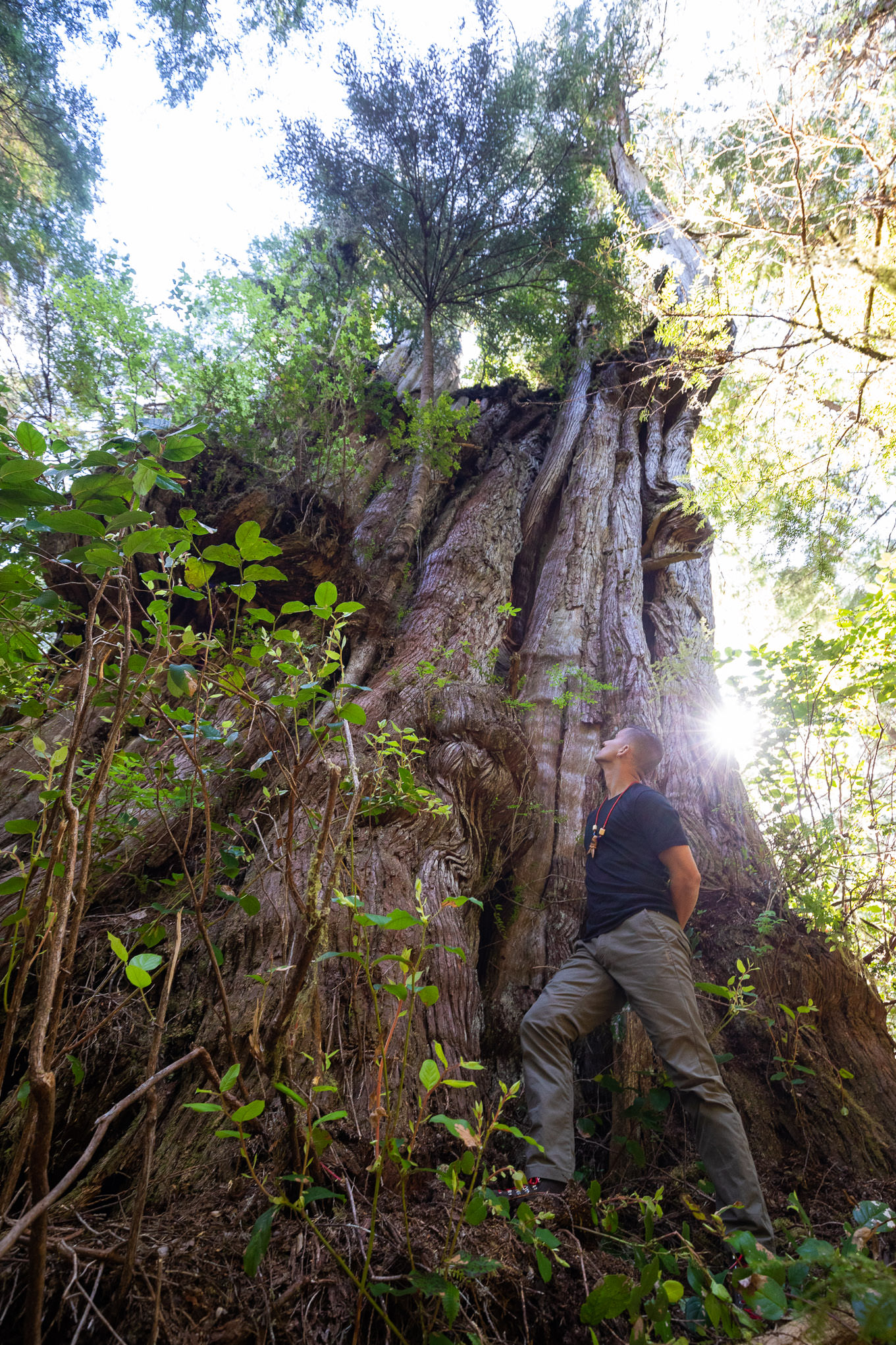After years of effort by the Ancient Forest Alliance and Endangered Ecosystems Alliance — the two groups who in 2017 spearheaded and then drove forward the call for conservation financing — major conservation funding packages arrived in 2023 from the provincial and federal governments with support from the private and philanthropic sectors as well.
The $1.1 billion BC Nature Agreement was announced in November 2023, a tripartite agreement between the provincial and federal governments and the First Nations Leadership Council. This fund, which will continue to grow over time, will be used to support First Nations to establish Indigenous Protected and Conserved Areas (IPCAs) and conservation initiatives, endangered species recovery, compensation of resource licensees, and habitat restoration, with a central mandate to achieve the 30% by 2030 protection target of BC in line with Canada’s national protection target. This is the largest provincial funding package for nature conservation in Canadian history!
A subset of the Nature Agreement includes the $100 million BC Old-Growth Fund (soon to grow to $164 million) which is mandated to protect the most at-risk old-growth forests (i.e. grandest, rarest, and oldest stands) in the Coastal and Inland Rainforests, and the Coastal Douglas-fir biogeoclimatic zone. These are the regions you typically see featured in all of our photos with big trees. This approach is akin to ecosystem-based targets and includes a goal of protecting 400,000 hectares to 1.3 million hectares of the “biggest and best” old-growth forests by supporting First Nations conservation initiatives.
A $300 million Conservation Financing Mechanism was also announced in October 2023 by the provincial government under the leadership of Premier David Eby. The indispensable fund will “fuel” or power the creation of new protected areas by supporting First Nations protected areas initiatives and will continue to grow over time with additional federal, provincial, and private funds. Importantly, this is the only funding package which can be directed toward “building a low carbon economy.” This means supporting First Nations sustainable economic alternatives in ecotourism, clean energy, sustainable seafood, non-timber forest products (eg. wild mushrooms), and other industries, linked to the establishment of new protected areas. We give great thanks to Premier Eby for fulfilling this key commitment!
Lastly, in 2022, the province committed $185 million over three years for forestry workers and contractors, industry, communities, and First Nations to adapt and respond to the impacts of the recommended deferral of 2.6 million hectares of the most at-risk old-growth forests as identified by the province’s own independent science panel, the Technical Advisory Panel (TAP).


